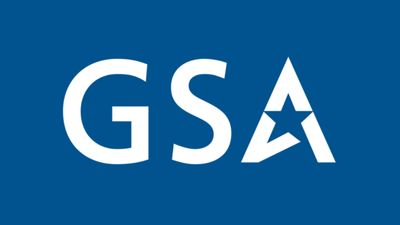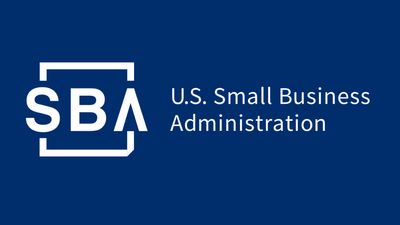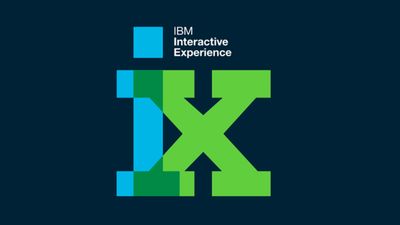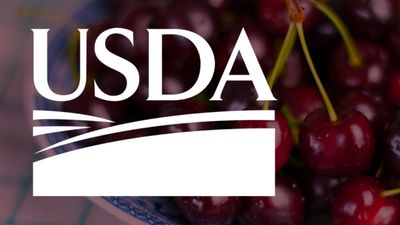USAID & Building Resiliency World-Wide
- Design Manager, Federal Projects,
- Experience Design Lead,
- Senior UX Designer
- USAID,
- Bixal
- Experience Design
ResilienceLinks exemplifies how targeted enhancements to a digital platform can significantly improve its utility and effectiveness in addressing complex global challenges. Through a combination of quick wins and strategic long-term planning, Bixal helped USAID enhance the ResilienceLinks platform, fostering better global collaboration and support for communities facing crises.
The Client
The United States Agency for International Development (USAID) is a federal agency responsible for administering civilian foreign aid and development assistance. Established in 1961, USAID aims to promote economic growth, improve health, support education, and strengthen democratic governance in developing countries. It works to alleviate poverty, respond to humanitarian crises, and advance U.S. foreign policy interests by fostering global stability and prosperity. Through partnerships with governments, NGOs, and the private sector, USAID implements programs that address a wide range of global challenges, including food security, climate change, and disaster response, ultimately contributing to sustainable development and improved quality of life worldwide.
The Challenge
USAID recognized the need to enhance coordination across different types of assistance to better serve local communities and address the exclusion of vulnerable groups.
The Solution
Bixal worked in collaboration with USAID to enhance the ResilienceLinks platform, aimed at improving global crisis response through better coordination of assistance and information dissemination. The project addressed the challenge of effectively sharing knowledge and resources in the face of crises like climate change, conflict, and pandemics, which exacerbate poverty, inequality, and instability.
Navigating Challenges
The project faced several challenges, including the broad scope of USAID’s domain, a lack of client familiarity with design principles, and restricted access to target audiences. These challenges underscored the need for a carefully considered approach to platform enhancement.
Long-Term Vision
The internal roadmap developed for the team looked beyond immediate improvements to identify opportunities for lasting impact on ResilienceLinks’ value as a resource, ensuring the platform could continue to evolve in response to the needs of its global user base.
Prioritizing work
Work began by addressing client suggestions, organized into categories of usability, information architecture (IA), and content strategy. Each suggestion was scored based on audience specificity and complexity to determine the implementation strategy in a human-centered, Agile framework.
Happy Clients
The strategy involved prioritizing quick wins within one to three sprints with the goal of demonstrating the value of design and building trust with the client.
The usability enhancements focused on straightforward design changes that could be implemented quickly, potentially within a single sprint, to improve the site’s ease of use.
Information Architecture and Cross-Functional Teams
The IA updates required a deeper dive into the domain and audience mental models to make the site’s information more findable and discoverable. This involved cross-disciplinary collaboration among UX, visual design, and content strategy teams, necessitating multiple sprints.
The Platform
ResilienceLinks is a comprehensive online platform designed to support global development practitioners in building resilient communities. It provides access to a wide range of resources, including research, case studies, tools, and best practices focused on enhancing resilience against various shocks and stresses such as climate change, economic disruptions, and social conflicts. The platform facilitates knowledge sharing and collaboration among stakeholders, including governments, NGOs, and private sector partners. By offering curated content and expert insights, ResilienceLinks aims to empower communities to anticipate, adapt, and thrive in the face of challenges, promoting sustainable development and long-term resilience.
A Solid Foundation
By addressing immediate usability concerns and laying the groundwork for more substantive improvements in information architecture and content strategy, Bixal helped USAID move towards a more integrated and effective platform.



